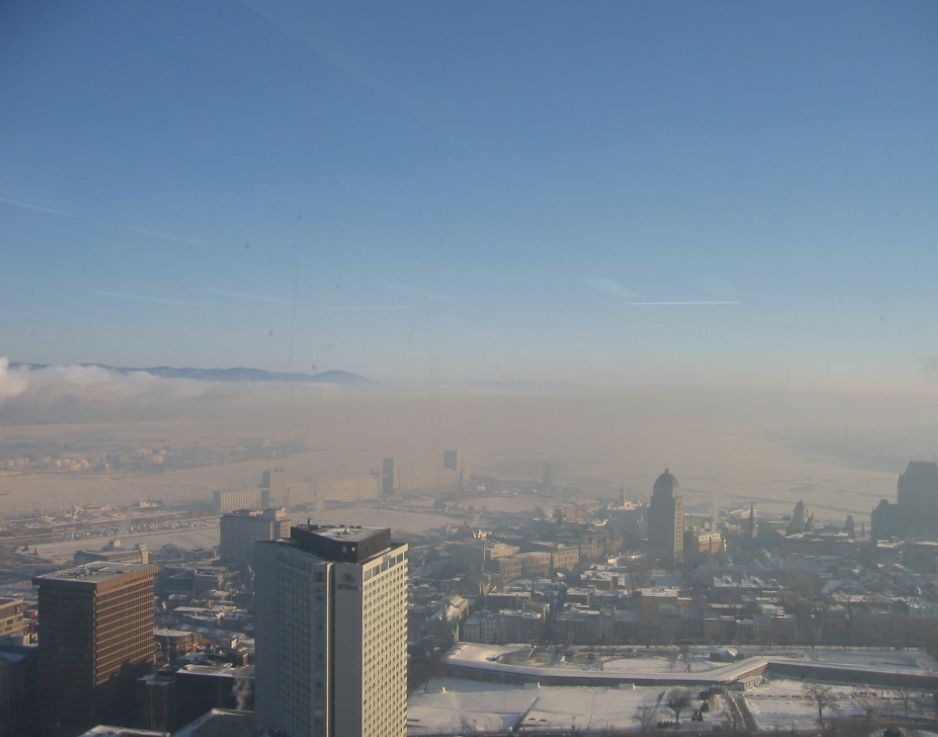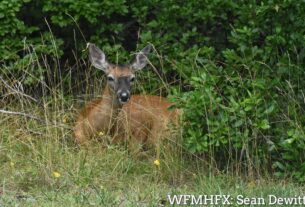**** Info via Environment Canada
Winter smog
Winter is here, and the air is nice and fresh. Yet on some days it’s harder to breathe because of winter smog.
Air is colder higher up
You probably already know that temperatures usually decrease with altitude. Just think of snow-capped mountains! So the higher you go, the colder it gets. In these conditions, smoke from a chimney tends to rise vertically. This smoke rises because it’s warmer and lighter than the surrounding air, and the smoke can disperse at a higher altitude.
Temperature inversion
Sometimes there is a warmer layer of air above the cooler layer of air near the ground. This phenomenon can occur in valleys, but also with the passage of a warm front. The most striking example happens at sunrise under a clear sky when the ground has lost heat overnight and there is a very cold layer of air near the ground. This phenomenon is called a temperature inversion.
In this case, chimney smoke and other pollutants rise into the air and remain trapped near the ground as if under a transparent lid. Without any wind to disperse them, pollutants accumulate and can reach harmful levels for people with breathing problems.
This haze is also known as smog, a combination of the words “smoke” and “fog.”
Winter smog
Sources of air pollutants vary from one season to another. The biggest source of fine particulate matter in winter is wood stoves. On days when there is a risk of smog, there are a few things you can do to reduce your impact on the air quality:
- opt for an alternative source of heating;
- if there is no possible alternative, burn only clean, dry wood without any trace of paint;
- make sure your wood stove complies with standards and emits as little fine particulate matter as possible, especially if you live in a city.
Winter smog over Quebec City. Source: Quebec’s Ministère de l’Environnement et de la Lutte contre les changements climatiques, de la Faune et des Parcs.
Make sure to check the Air Quality Health Index for your region regularly. You can now access air quality information directly from the NOW page of your app, and set personalized notifications for when the Air Quality Health Index forecast reaches your chosen threshold in your selected locations.




